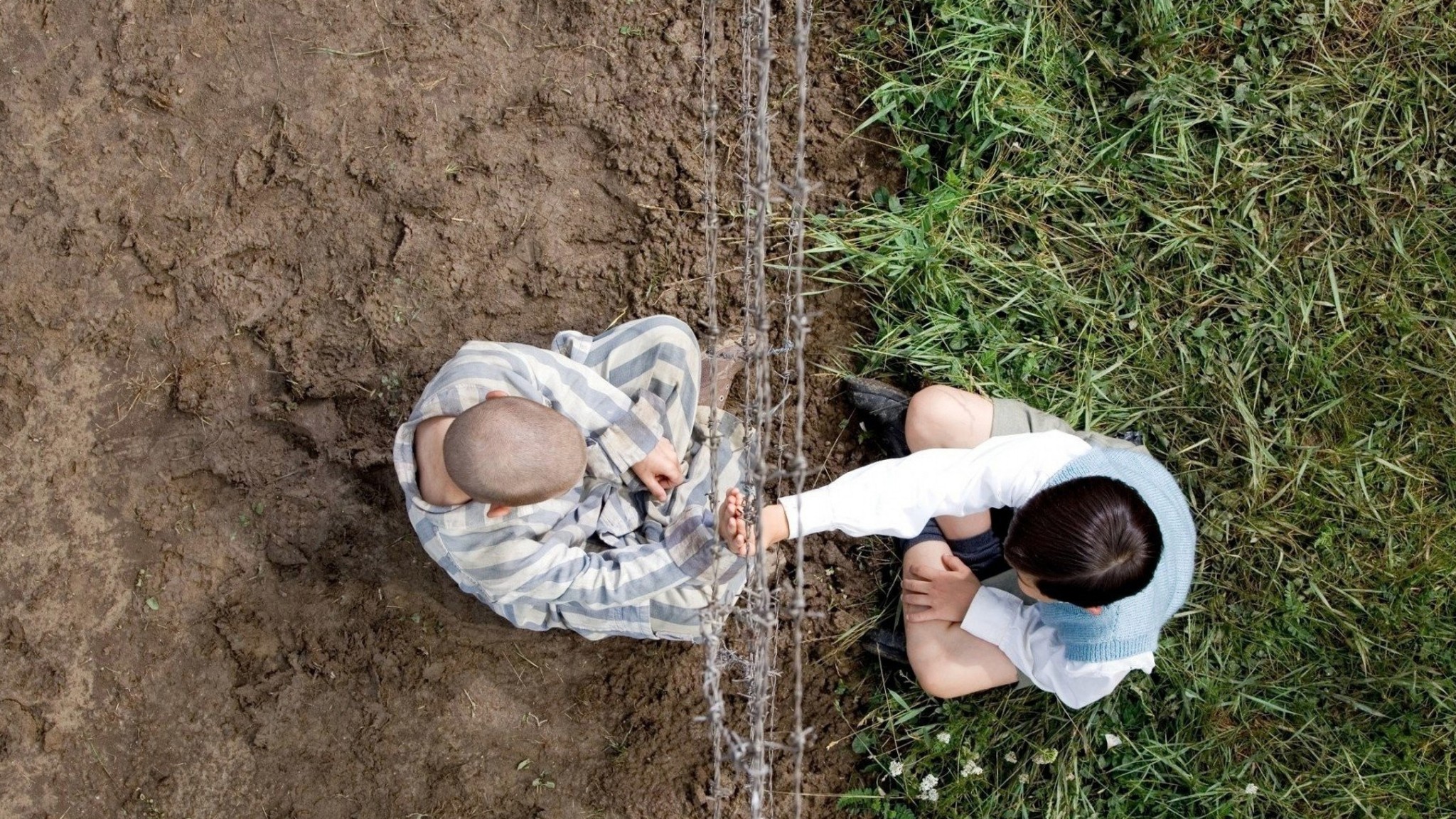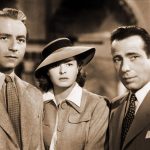The Boy in the Striped Pyjamas (2008)

The Boy in the Striped Pyjamas, directed by Mark Herman and released in 2008, is a profound and heart-wrenching historical drama that adapts John Boyne’s critically acclaimed novel of the same name. The film delves into the horrors of the Holocaust through the innocent eyes of a young boy, offering a poignant examination of innocence, friendship, and the devastating consequences of prejudice and war.
Set during World War II, the film follows the story of eight-year-old Bruno (played by Asa Butterfield), the son of a Nazi commandant. Bruno’s father, Ralph (David Thewlis), is assigned to a new post that requires the family to move from their comfortable home in Berlin to a remote house near a concentration camp. This relocation disrupts Bruno’s familiar world, leaving him isolated and curious about his new surroundings.
One of the film’s central themes is the innocence of childhood amidst the backdrop of unimaginable horror. Bruno, portrayed with sensitivity and authenticity by Asa Butterfield, is a curious and naïve boy who is unaware of the true nature of his father’s work and the concentration camp he is so close to. His innocence is reflected in his perception of the camp, which he initially sees as a distant and mysterious place rather than the site of grave atrocities.
The turning point in the film occurs when Bruno befriends Shmuel (Jack Scanlon), a Jewish boy imprisoned in the concentration camp. The two boys form a bond despite the barbed wire separating them. Shmuel, portrayed by Jack Scanlon, embodies both vulnerability and resilience, and his interactions with Bruno underscore the profound and tragic disconnect between the innocence of childhood and the harsh realities of war. Their friendship, built on mutual understanding and empathy, highlights the shared humanity that transcends the barriers imposed by hatred and prejudice.

Mark Herman’s direction captures the emotional depth and gravity of the story with a delicate and nuanced approach. The film’s visual style, marked by muted colors and stark contrasts, reinforces the bleakness of the setting while also emphasizing the innocence of the two young protagonists. The cinematography effectively contrasts the lush, idyllic world of Bruno’s home with the grim and oppressive atmosphere of the concentration camp, thereby enhancing the impact of the narrative.
The screenplay, adapted by Herman from John Boyne’s novel, retains the novel’s poignant and affecting qualities while translating them to the screen. The dialogue and interactions between characters, particularly between Bruno and Shmuel, are handled with a profound sensitivity that underscores the film’s emotional weight. The exploration of themes such as innocence, friendship, and the impact of prejudice is executed with a remarkable blend of simplicity and depth.

One of the film’s most striking aspects is its portrayal of the Holocaust from a child’s perspective. The choice to depict the events through the eyes of a young boy adds a layer of emotional complexity and poignancy to the narrative. It serves as a reminder of the innocence lost and the tragedy of a conflict that devastated countless lives. The film’s conclusion is particularly powerful, as it confronts the viewer with the devastating consequences of the characters’ actions and the brutal reality of war.

The supporting cast, including Vera Farmiga as Bruno’s mother and Amber Beattie as his sister Gretel, adds depth to the film’s portrayal of the family dynamics and the moral complexities faced by individuals living in a wartime society. Farmiga’s performance, in particular, reflects the internal struggle of a mother caught between her familial duties and the moral implications of her husband’s role in the Nazi regime.

In conclusion, The Boy in the Striped Pyjamas is a compelling and heart-rending film that explores the Holocaust through the lens of childhood innocence. Directed by Mark Herman and adapted from John Boyne’s novel, the film offers a powerful narrative about friendship, prejudice, and the tragic consequences of war. Through its sensitive portrayal of the bond between Bruno and Shmuel, as well as its depiction of the harrowing realities of the concentration camp, the film serves as a poignant reminder of the importance of empathy and understanding amidst the darkest chapters of human history. Its emotional impact and thoughtful storytelling ensure its place as a significant and moving contribution to the genre of historical dramas.











